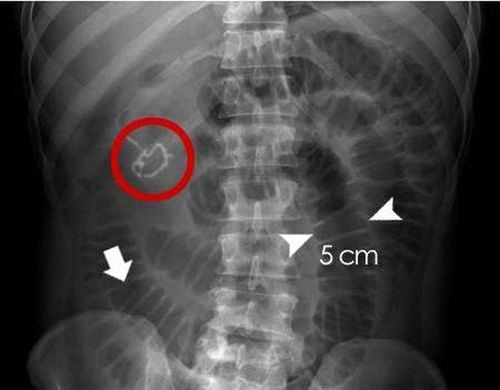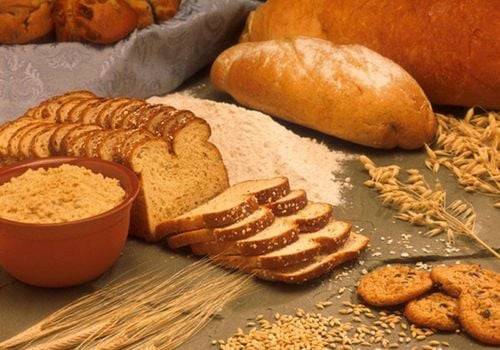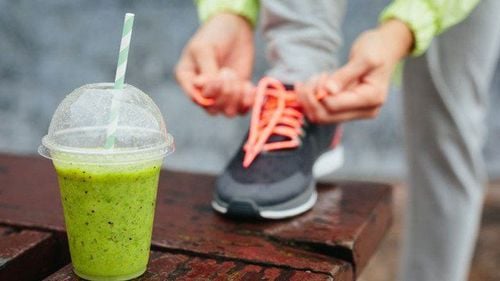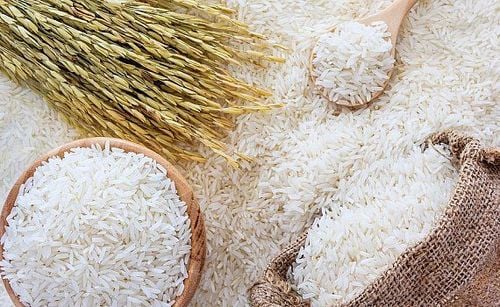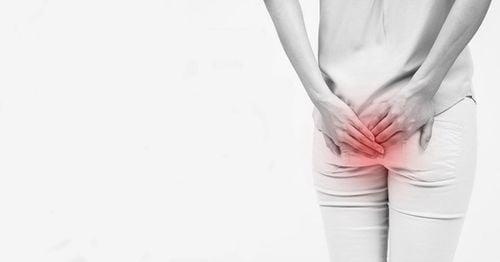This is an automatically translated article.
After food passes through the mouth, esophagus, and stomach, it will go down to the small intestine. Here, the digestion of food in the small intestine takes place, absorbing most of the nutrients from the food. Finally, the waste is carried down to the large intestine and out of the body.
1. Why is the digestive system important?
The digestive system is made up of the digestive tract and the liver, pancreas and gallbladder. The digestive tract is hollow organs connected in a long tube, from the mouth to the anus. The hollow organs of the digestive tract are the mouth, esophagus, stomach, small intestine, large intestine, and anus. The liver, pancreas and gallbladder are special organs of the digestive system.
Digestion is important because our bodies need nutrients from food and drink to function properly and stay healthy. Protein, fat, carbohydrates, water, vitamins and minerals are nutrients. The digestive system breaks these nutrients down into smaller parts for the body to absorb and use for energy, and to grow and regenerate cells.
Protein breaks down into amino acids; Fat breaks down into fatty acids and glycerol; Carbohydrates break down into simple sugars.
2. How does digestion of food in the small intestine take place?
You can learn the process of food digestion in the small intestine as follows:
Each part of the digestive system is responsible for moving food and liquid through the digestive tract, dividing food and liquid into smaller portion. When food is broken down, your body can absorb it, move nutrients where it's needed, and nerves and hormones help control digestion. The large intestine absorbs water and turns the waste products of digestion into stool.
2.1 Food before entering the small intestine
About the process of digesting food in the small intestine, food is first chewed and swallowed at the mouth, brought down the esophagus, through the lower esophageal sphincter to the stomach. After food enters the stomach, the stomach muscles mix the food and liquid with digestive juices. The stomach slowly pours the pureed food (chyme) into the small intestine.

Trước khi tiêu hóa thức ăn ở ruột non sẽ diễn ra ở thực quản trước
2.2 Digested food in the duodenum (first part of the small intestine)
The pancreas first produces pancreatic juice that has enzymes that digest proteins, starches, and fats. Pancreatic juice is secreted into the duodenum of the small intestine through the duodenal papilla (the pancreatic duct of Vater). In the duodenum, mucus, pancreatic juice, and bile from the liver are mixed. Acidity from the stomach is also neutralized by the alkaline environment of the duodenum. Food can be digested here in small amounts. Bile enzymes of the pancreas end the chemical breakdown of the acidic components of the stomach.
Bile is made in the liver, when consuming fatty foods, the body will release bile into the small intestine to digest fat. It does this by emulsifying fats, breaking down large fat particles into smaller, more easily digestible droplets.
2.3 Food is digested in the jejunum and ileum (the middle and end of the small intestine)
From the duodenum, the food mixture is transferred to the next segment of the small intestine, called the jejunum, and then to the ileum. The internal surface area of the jejunum and ileum is increased by folds, villi, and microvilli. The villi increase the inner surface area of the jejunum and ileum, creating a larger area for nutrient absorption.
Digestion of food is completed in this part of the small intestine. Fats and other nutrients such as glucose and amino acids are absorbed here through the intestinal wall, into the bloodstream, and carried to the liver.
The jejunum has a larger surface area than the ileum. About 90% of digestion and absorption takes place here. However, if the jejunum is damaged or removed, the ileum can take over the role of the jejunum. The ileum is where the body absorbs vitamin B12.
Undigested food such as fiber will be passed through the ileal valve to the large intestine. Then, the large intestine reabsorbs water and nutrients, pushing waste out of the body.
In the small intestine, most of the nutrients in food are absorbed by the body. In order for the process of digesting food in the small intestine to take place smoothly in particular and the organs in the digestive system in general, each person needs to pay attention to maintaining a healthy diet and habits: Eat slowly, chew thoroughly, keep your mind at ease when eating,...
Please dial HOTLINE for more information or register for an appointment HERE. Download MyVinmec app to make appointments faster and to manage your bookings easily.
References: .niddk.nih.gov, webmd.com, mydr.com.au




